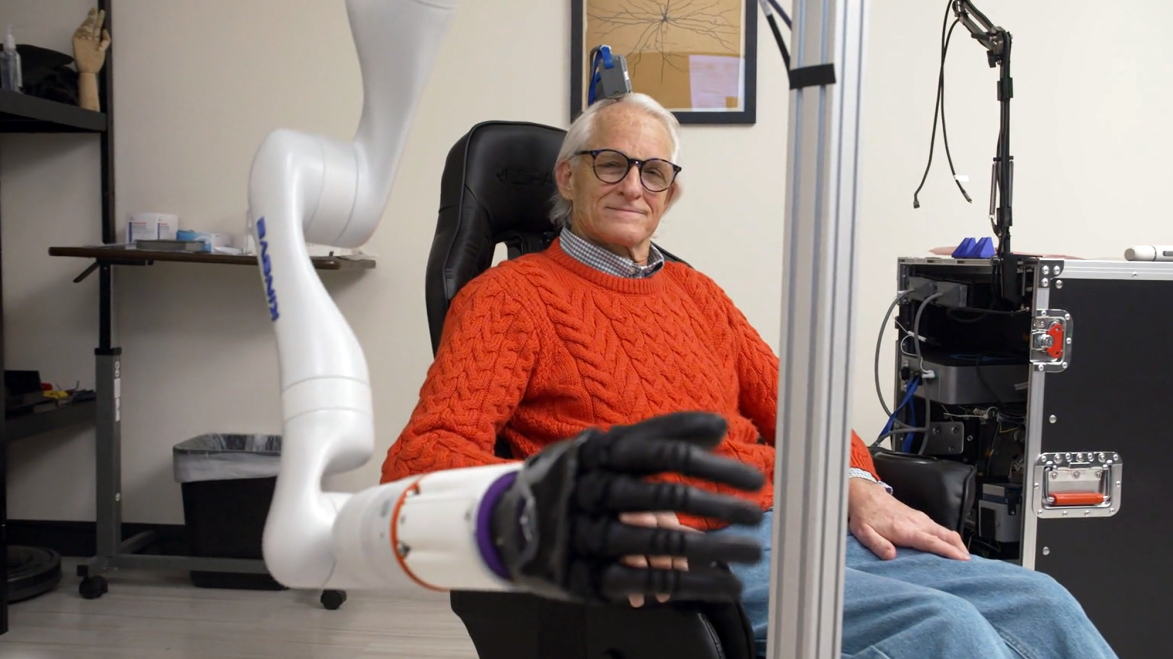
Swedish scientists from the Cortical Bionics Research Group have presented a unique technology that can change the lives of people with paralysis or lost limbs. Their breakthrough in the field of neurocomputer interfaces (BCI) allows not only to control bionic prostheses, but also to receive tactile sensations from objects with which these prostheses interact. IZ writes about this with reference to Popular science.
What is a neurocomputer interface?
Neurocomputer interface is a technology that connects a person's brain to a computer or device. Using special implants in the brain, the system reads electrical signals responsible for movement and transmits them to a prosthesis or other devices. This opens up the possibility of controlling limbs or a cursor on a screen with your thoughts.
Swedish researchers have adapted this technology to achieve a new level – the reproduction of tactile sensations. Instead of simply controlling the prosthesis, patients can now feel the texture, shape and direction of movement of objects they touch.
How was the study?
The study lasted several years and was conducted on two patients who, due to spinal cord injuries, had lost the ability to move their hands. Scientists implanted special devices in the sensory and motor areas of the brain responsible for controlling the limbs.
At the first stage, the researchers recorded and deciphered the patterns of brain activity associated with the movements of the participants. The patients then participated in a series of experiments in which they controlled the bionic prostheses. A unique coding method made it possible to create a system that imitates natural tactile sensations.
Results that exceeded expectations
During tests, patients were able to feel the contours, edges, and texture of objects that came into contact with their prostheses. This achievement was a breakthrough in the field of artificial sensation.
Associate Professor of Chalmers University of Technology Giacomo Valle, the lead author of the study, called this development a breakthrough:
“We have reached a level where artificial touch can reproduce the multidimensional tactile experience inherent in the human hand. This is critical in order to provide natural-like manipulative abilities and sensitivity.”
We previously wrote that an American startup promises to bring back the mammoth by 2028

